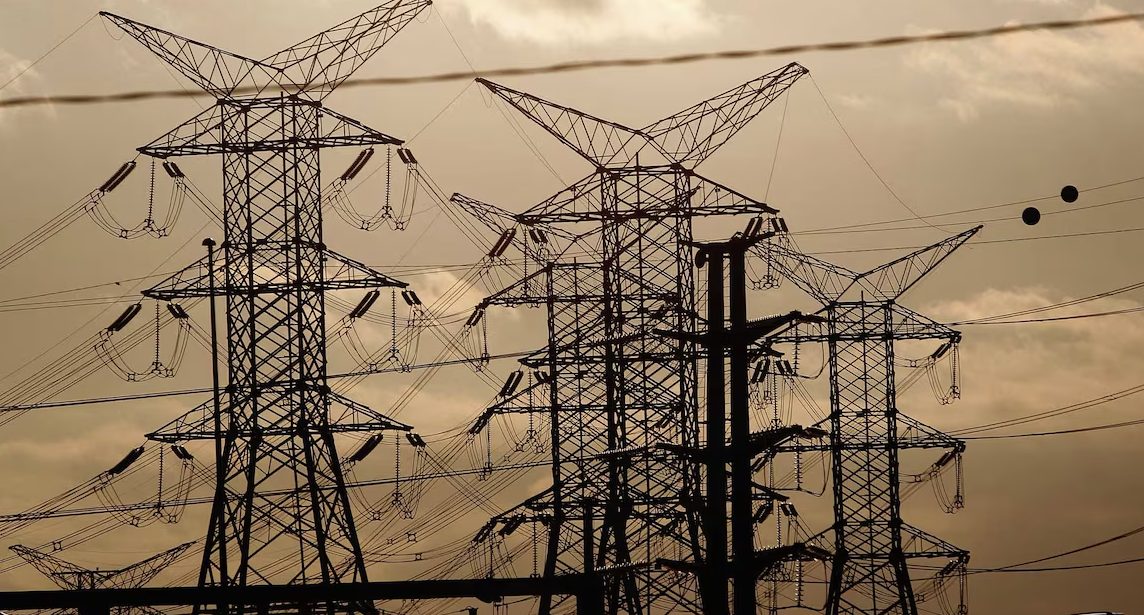Power Sector Reform Promises Lower Electricity Bills for 100 Million Consumers
By HomeBrasil |

In the latest episode of ‘Fala, Duquesa!’, the columnist breaks down a new Provisional Measure (MP) that proposes sweeping reforms to Brazil’s electric power sector—potentially benefiting over 100 million consumers by lowering electricity rates.
In Brasília, the proposal to liberalize the energy market is set to take effect between mid-2026 and the end of 2027. Small consumers—both residential and commercial—could see average reductions of up to 12% on their electricity bills. The Central-West and Southern regions of Brazil are expected to reap the biggest savings, with projected reductions of up to 26% in the Federal District and 16% in Santa Catarina. Meanwhile, consumers in the Northeast could experience more modest drops, ranging from 5% to 9% in states like Paraíba.
The Lula administration introduced the measure at the end of May, aiming to open up the free energy market to small consumers—a move currently under debate in Congress. The bill has already attracted intense lobbying from both public and private sectors, resulting in over 600 proposed amendments.
Experts have warned of missed opportunities in the transition. One analyst points out: “The social tariff imposes additional costs on everyone. If low-voltage, non-low-income consumers could choose alternative suppliers to cut their bills, it would not only be beneficial but would also drive competition in the sector.”
Under the new free market model, consumers would be able to choose their electricity provider, breaking away from the regulated system currently controlled by state distributors. This would grant access to more competitive pricing and better service. As it stands, this option is limited to large industrial and commercial clients.
Energy consultancy Volt analyzed the potential economic impact of this shift. In a typical electricity bill where R$100 represents the total charge, only about R$35 actually pays for the consumed energy—the rest covers government subsidies, operational costs, and taxes.
According to the MP under review, low-voltage commercial consumers would be eligible to enter the free market in August 2026, with residential consumers following in 2027.
Data suggests the highest migration rates will occur where financial incentives are strongest. In the Federal District, for example, where the price gap between the local distributor and the free market hits 26%, up to 50% of consumers are expected to switch over the next five years.
Similar momentum is expected in São Paulo’s countryside, with an estimated 40% migration rate. Consumers served by CPFL Paulista and CPFL Piratininga could save between 14% and 19%. In contrast, São Paulo city residents may see smaller benefits—around 8%—which could slow adoption.
However, the market opening also exposes long-standing issues. Experts point to an expanding list of subsidies and a disorganized electricity system as drivers of rising costs, despite abundant supply. Recently, Congress approved new subsidy programs projected to cost R$197 billion, likely increasing tariffs by roughly 3.5%.
Donato, one of the consulted experts, explains that distributors are bound by long-term contracts—sometimes up to 35 years—with expensive energy sources like thermal and large hydroelectric plants. These contracts are adjusted annually for inflation and fuel cost fluctuations, with all risks ultimately passed to consumers.
“Consumers bear the full cost of energy,” Donato states. “For the free market to be truly effective, users must understand how it works.”
Despite Volt’s optimistic analysis, Luiz Barata, president of the National Front of Energy Consumers, is skeptical. While he acknowledges the benefits of increased competition, he doubts that future market conditions will remain as favorable.
He emphasizes that low-voltage consumers will still pay their share of the Energy Development Account (CDE)—roughly 13% of monthly bills—until 2038. They’ll also continue to fund the Angra 1 and 2 nuclear plants. On top of that, a new charge is expected to compensate distributors for rapid customer loss.
Barata criticizes the proposed fee as unfair, arguing that regulated market users shouldn’t subsidize the risks of those switching to the free market. “Consumers may migrate, but old tariffs will stay high,” he warns. “The real issue is how we reduce the overall energy cost in Brazil.”
Marcos Madureira, president of the Brazilian Association of Electricity Distributors (Abradee), echoes Barata’s concerns. He attributes the high costs to the unique structural challenges of Brazil’s electric grid.
“Distributors must purchase expensive energy to guarantee supply,” Madureira explains. “Despite the higher cost, this energy is essential to maintain grid stability.”
Given the complexity of the situation, Madureira advocates for shared responsibility. “It’s critical that migration doesn’t result in greater financial burdens for those who remain in the regulated market,” he concludes. “We must seek balance to avoid unfair disparities among consumer groups.”




